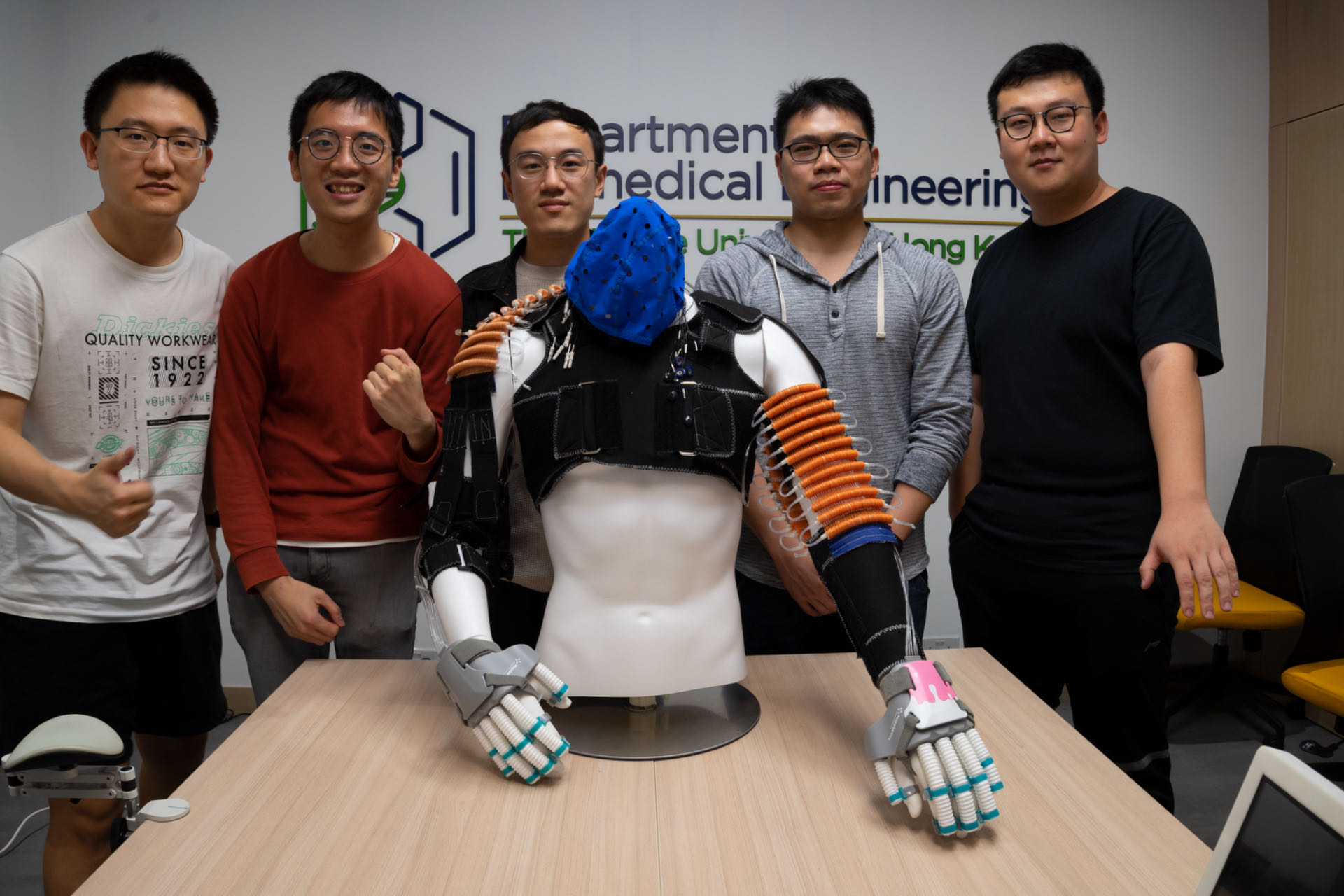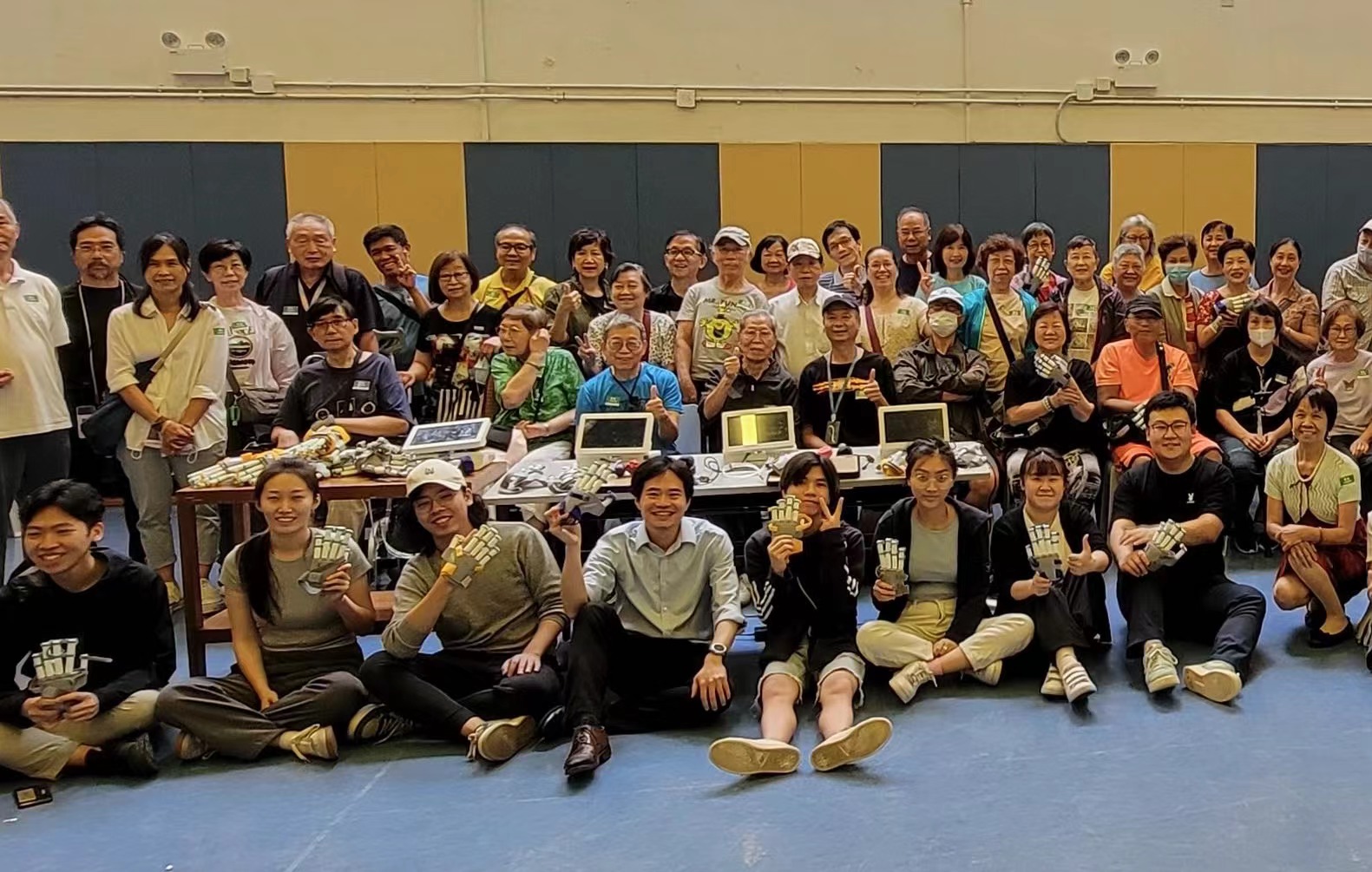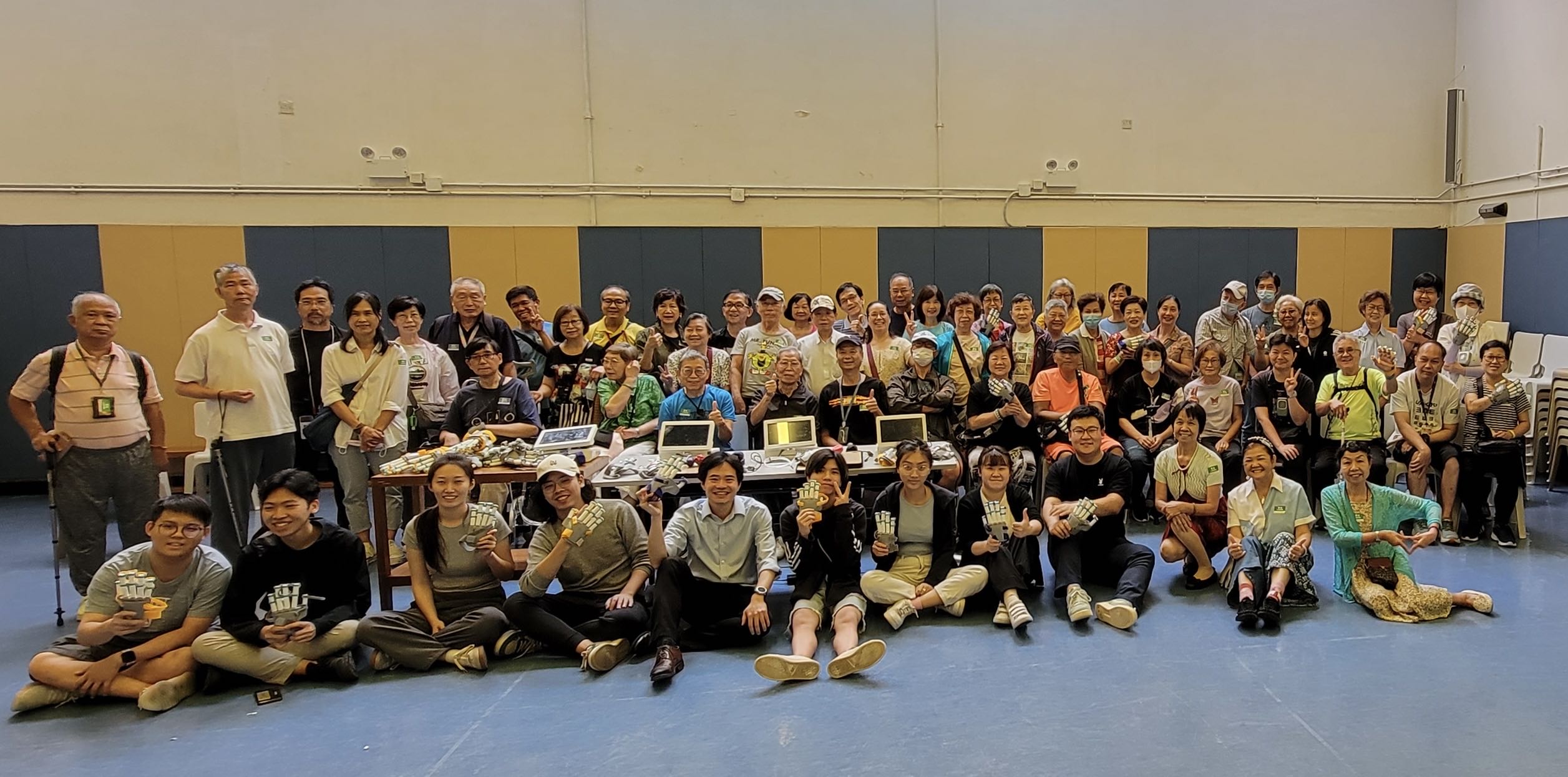User Pain Points
Wearable robotics holds immense potential in providing rehabilitation and daily life support for individuals with physical disabilities. However, current wearable robots face the following challenges: high price, complex usability, and lack of individualized adaptability, which restrict their application in general rehabilitation facilities and households. There is a lack of bridges between community care centers and individuals, especially for their care at home.
Solution Benefits
The wearable robots developed by the Hopebotics team will serve as a bridge connecting rehabilitation institutions and households. For community care centers, wearable robots will enhance the quality of rehabilitation services and provide precise, effective, and diversified support for individuals with physical disabilities. Furthermore, if the robots are low-priced enough and let users bring their wearable robots back home and continue using them, it will greatly facilitate their daily lives.
Technologies Applied
The Hopebotics team innovatively utilizes low-cost, flexible materials and 3D printing technology to create wearable robots that cater to different joints of individuals with physical disabilities. We have successfully reduced the traditional manufacturing cost of robots from tens or even hundreds of thousands to around one thousand Hong Kong dollars. These robots are lightweight, well-fitting on the body, and can be controlled through neural signals or motion sensors, enabling active movement. Additionally, self-developed AI algorithms allow for customized measurements and the production of robots tailored to joint dimensions and injury severity.
Target Users
User Profile / Persona:
Our target user group consists of stroke patients with limb movement disorders who are determined to regain their independence. This group primarily comprises elderly individuals but also includes young adults and children. They are motivated to improve their ability to care for themselves and face challenges related to limb weakness and limited mobility.
User Scenario and Goals:
Stroke patients in Hong Kong encounter challenges with time-consuming standard training plans, lengthy queues, and limited training time in rehabilitation centers. Their goal is to regain self-care abilities rapidly through a shorter training period, accelerating progress towards independence. Flexibility is also desired, allowing them to continue training in rehabilitation centers and at home.




